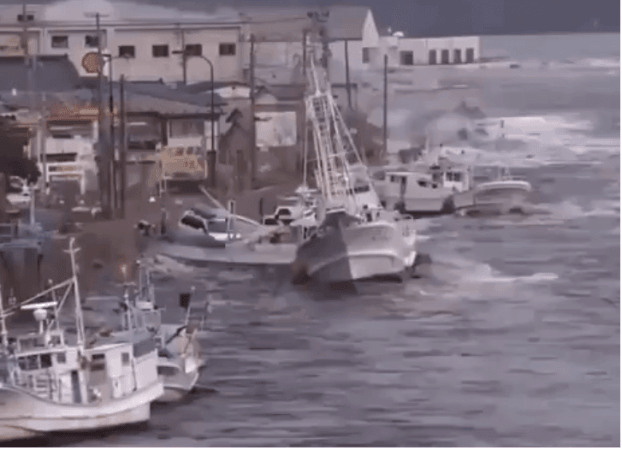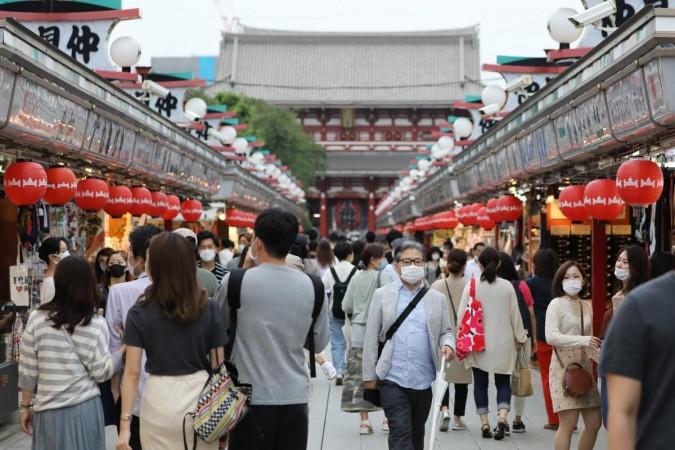
At least 30 people have died after a series of powerful earthquakes, with the major one measuring 7.6 on the Richter scale, hit central Japan and the surrounding areas, with rescue teams on Tuesday scrambling to search for survivors.
On Monday, the earthquakes struck the Noto Peninsula in Ishikawa prefecture at a shallow depth, reports said. The Japan Meteorological Agency (JMA) has officially named it the 2024 Noto Peninsula Earthquake.
Since Monday, Japan has witnessed at least 155 quakes. According to the Wajima city authority, the victims included a male teenager. A large-scale fire broke out around the famous tourist spot Wajima morning market, engulfing approximately 200 buildings.
The city also experienced building collapses, with 14 cases of people being buried. As more damage reports and information about people trapped continued to come in regarding other municipalities, injuries were reported in Niigata, Toyama, Fukui, and Gifu prefectures due to collapsed or damaged buildings.
Calling the rescue of those impacted by the earthquakes a battle against time,Prime Minister Fumio Kishida on Tuesday said that the government has already dispatched a number of self-defense force troops to the impacted areas and will continue to provide assistance.

Meanwhile, all tsunami advisories in Japan have been removed, the JMA said in its latest update on Tuesday morning. Following the temblors, a major tsunami warning was issued by the Agency for the Noto region, urging people to evacuate immediately.
Tsunami warnings were also in place for Niigata, Toyama, Ishikawa prefectures. The first waves reportedly hit the coast just over 10 minutes later after the earthquake struck. Tsunami waves of up to 4 feet hit a number of areas along the country's western coast.
Currently, some 45,700 households are without power in Ishikawa prefecture, according to the Hokuriku Electric Power company on Tuesday. Japan's public broadcaster NHK said that four bullet trains, whose high-speed journeys were halted on Monday, have now resumed service to their destinations, reports CNN.
The high-speed trains had been stranded between the central cities of Toyama and Kanazawa. After being stationary for more than 11 hours, two trains arrived at the Toyama station at 4 a.m. on Tuesday, officials said.

Another two trains traveling in the opposite direction arrived at the Kanazawa station in Ishiwaka prefecture. Nearly 1,400 passengers had been stranded inside the high-speed trains, NHK said, citing Japan Railways West.
Japan is one of the most seismically active nations on Earth, owing to its location on the so-called Pacific Ring of Fire, where many tectonic plates meet.
The 9.0-magnitude earthquake that hit Japan in 2011 resulted in a tsunami that tore through the country's north-eastern coastal communities, killing almost 18,000 people and displacing tens of thousands.
Those tsunami waves triggered a nuclear meltdown at the Fukushima power plant, causing the most serious nuclear accident since Chernobyl.
(With inputs from IANS)

















